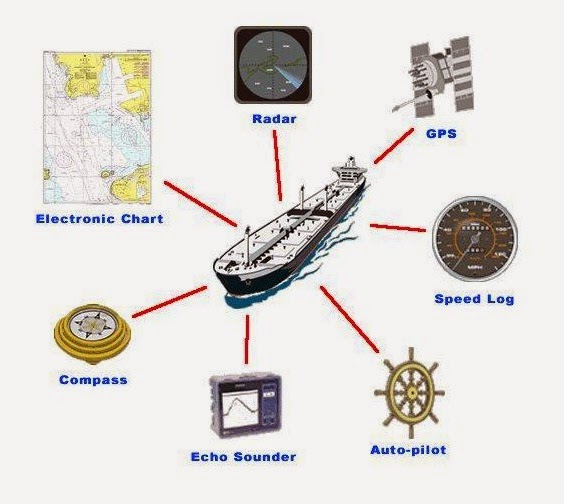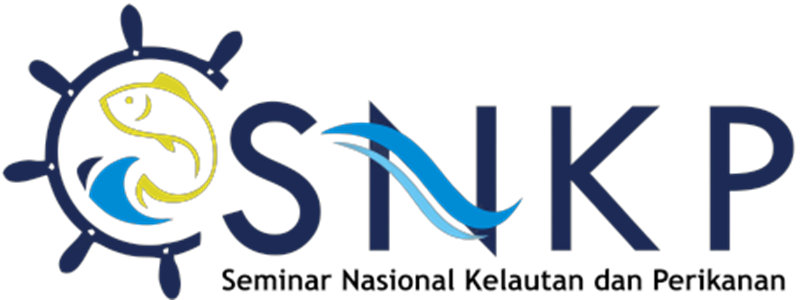Integration of Technology and Regulations for Safe and Efficient Marine Logistics
DOI:
https://doi.org/10.62012/collaborate.v2i1.53Keywords:
Maritime logistics, modern technology, regulations, safety, efficiency, environmental sustainability, Internet of Things (IoT).Abstract
Maritime logistics is at the heart of global trade, with nearly 90% of the world's cargo transported by sea. However, the industry faces significant challenges in ensuring safety, operational efficiency, and environmental sustainability amidst increasing trade volumes and demands to reduce carbon emissions. Integration of modern technology with existing regulatory frameworks is key to improving maritime logistics performance while complying with safety and environmental standards. This paper explores various current technologies that can be applied, such as real-time ship tracking systems with the Internet of Things (IoT) and wireless communications, automation of loading and unloading processes using robotics and artificial intelligence (AI), as well as the use of big data and predictive analytics for optimization route and fleet management. These technologies have the potential to increase supply chain visibility, and time efficiency, reduce human error, and optimize resources. On the other hand, international regulatory frameworks such as the Convention on the Safety of Life at Sea (SOLAS) and the Convention for the Prevention of Pollution from Ships (MARPOL) from the International Maritime Organization (IMO), as well as national and regional regulations related to shipping safety, the marine environment, maritime security, and labor, must be adhered to in adopting new technology.
Downloads
References
United Nations Conference on Trade and Development, "Review of Maritime Transport 2018," 2018. [Online]. Available: https://unctad.org/system/files/official-document/rmt2018_en.pdf
B. J. Tetreault, "Use of the Automatic Identification System (AIS) for maritime domain awareness (MDA)," Proceedings of OCEANS 2005 MTS/IEEE, Washington, DC, USA, 2005, pp. 1590-1594, doi: 10.1109/OCEANS.2005.1639983.
A. H. Gharehgozli, J. Mileski, A. Adams, and W. von Zharen, "Evaluating a "wicked problem": A conceptual framework on seaport resiliency in the event of weather disruptions," Technological Forecasting and Social Change, vol. 121, pp. 65-75, Aug. 2017, doi: 10.1016/j.techfore.2016.11.006.
International Maritime Organization, "International Convention for the Safety of Life at Sea (SOLAS),1974,"2020.[Online].Available:https://www.imo.org/en/About/Conventions/Pages/International-Convention-for-the-Safety-of-Life-at-Sea-(SOLAS),-1974.aspx
International Maritime Organization, "International Convention for the Prevention of Pollution fromShips(MARPOL),"2020.[Online].Available:https://www.imo.org/en/About/Conventions/Pages/International-Convention-for-the-Prevention-of-Pollution-from-Ships-(MARPOL).aspx
M. Jović, E. Tijan, S. Aksentijević, and D. Čišić, "An Overview of Security Challenges Of Seaport IoT Systems," 42nd International Convention on Information and Communication Technology, Electronics and Microelectronics (MIPRO), Opatija, Croatia, 2019, pp. 1349-1354, doi: 10.23919/MIPRO.2019.8757206.
N. Muammar dan A. Mosyofa, “KEBIJAKAN MARITIM INDONESIA DALAM MENUNJANG SISTEM KEAMANAN TRANSPORTASI LAUT”, SENSISTEK, vol. 7, no. 1, hlm. 46-50, Mei 2024.


















